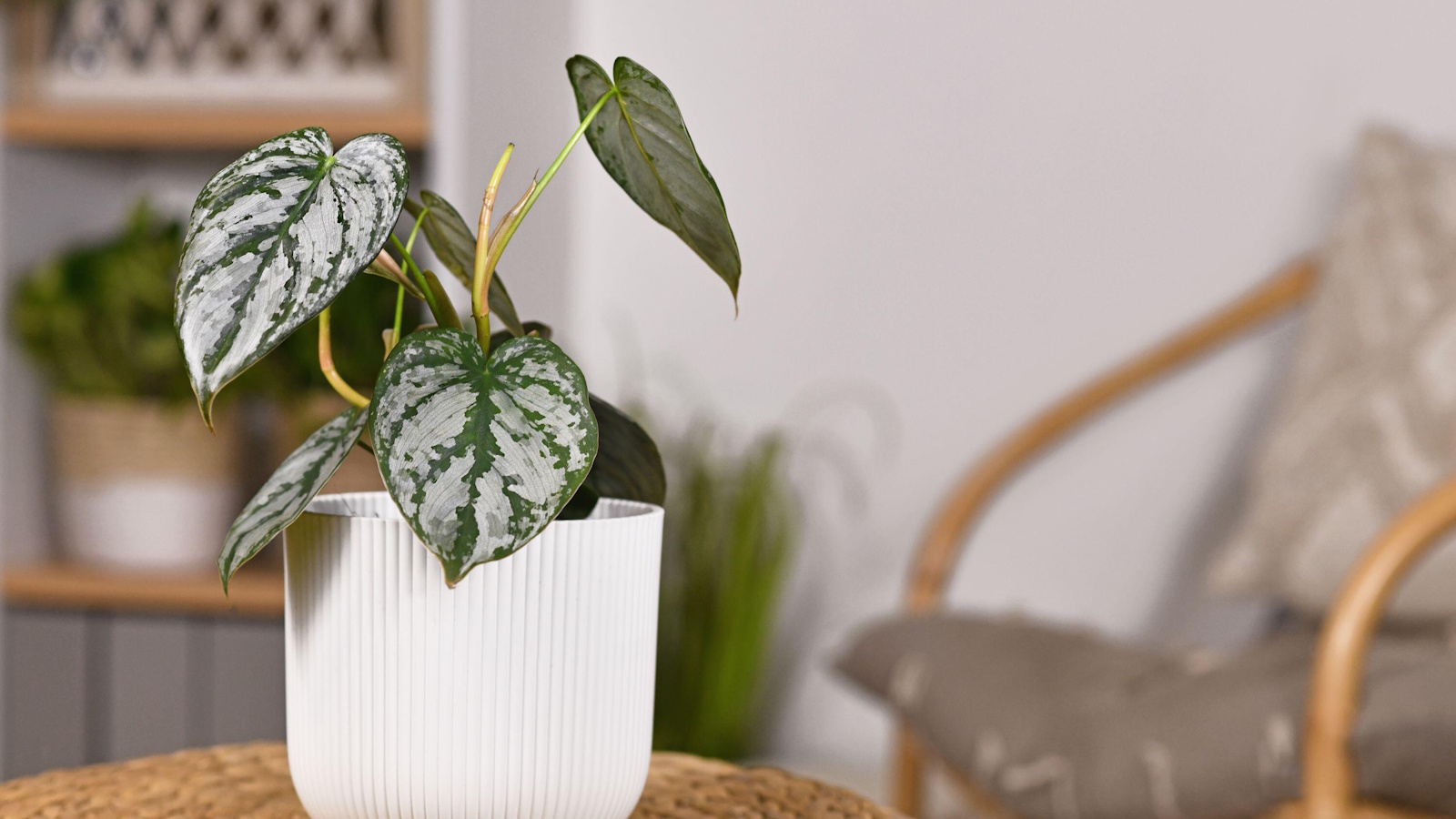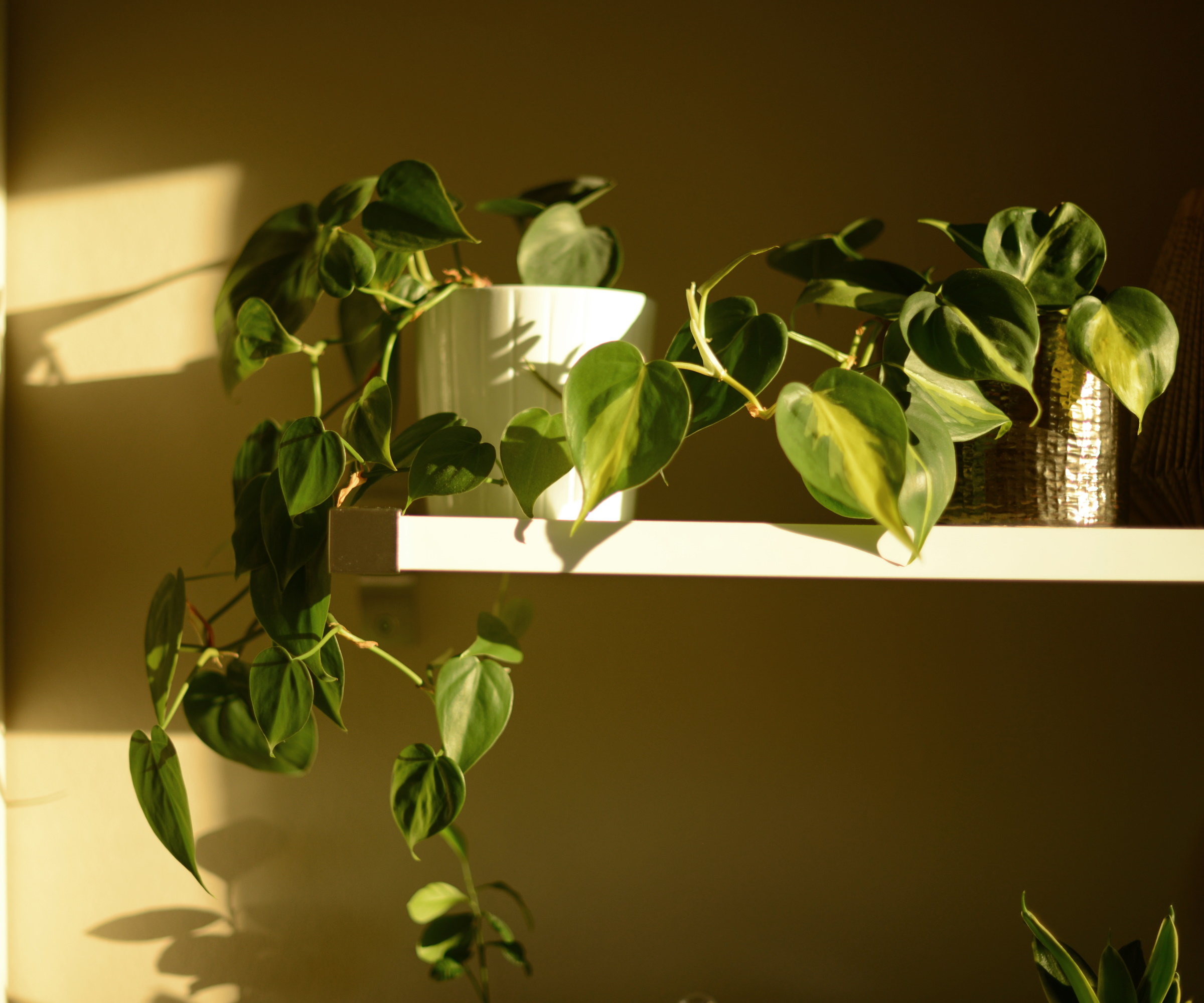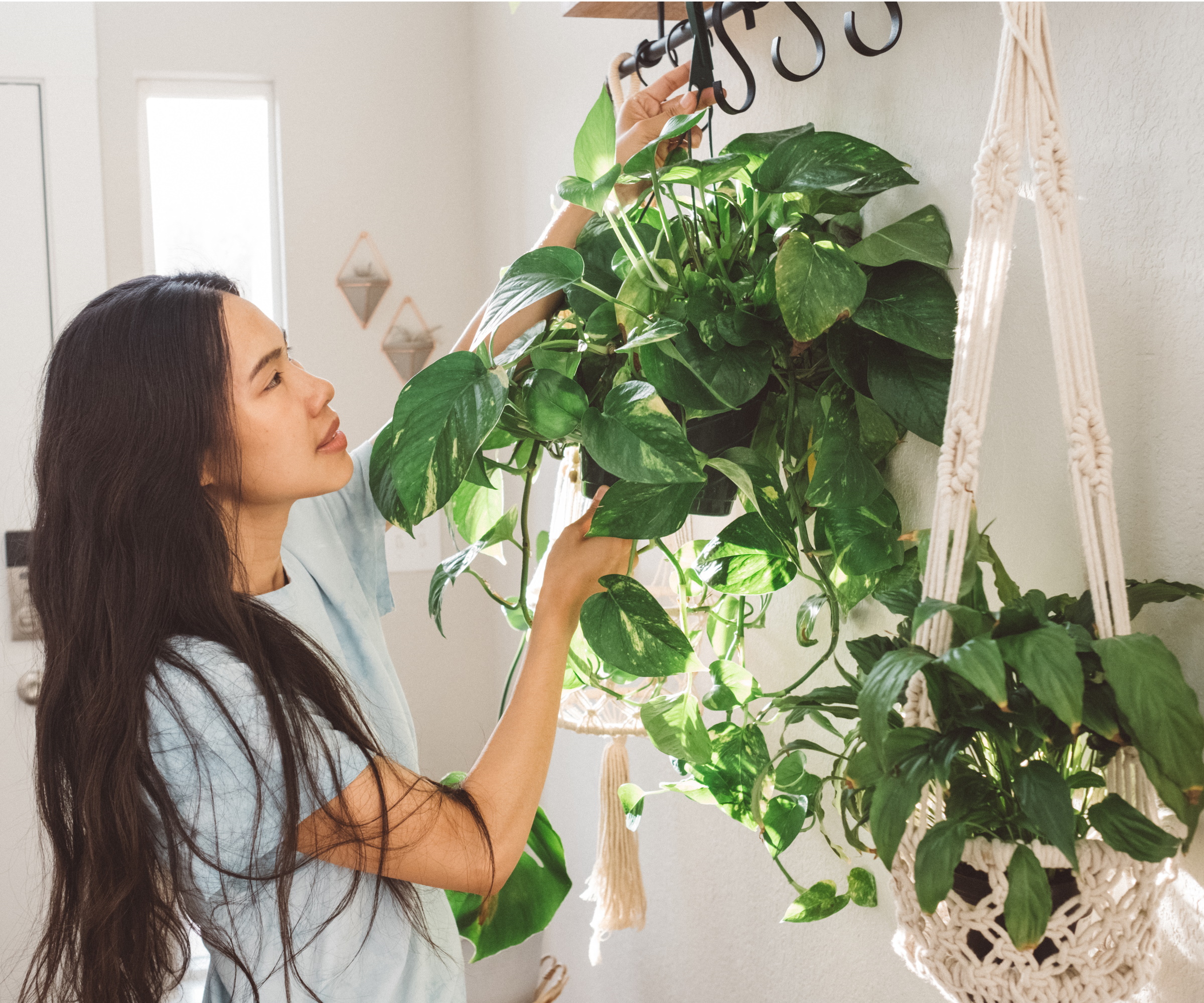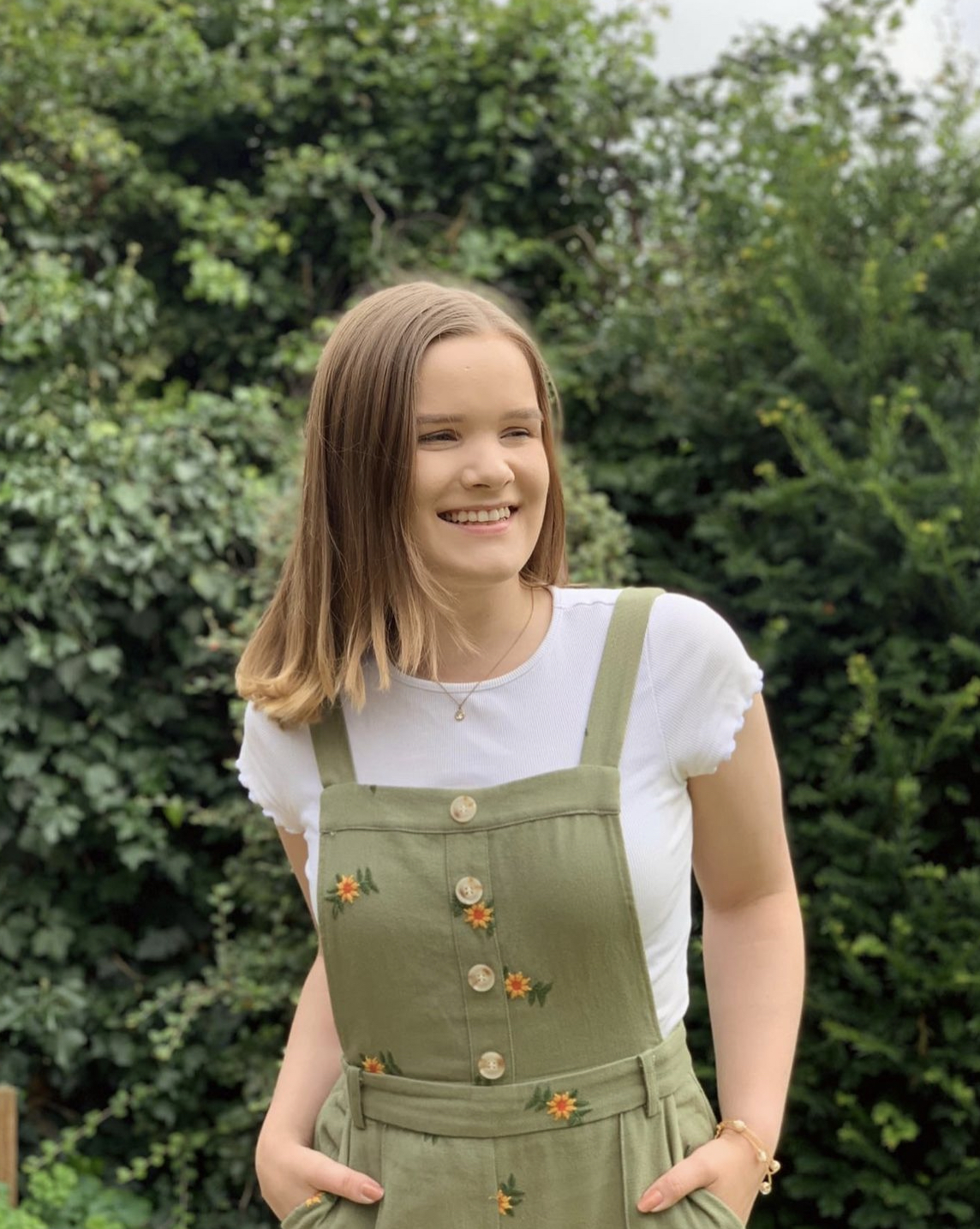How to make your own philodendron potting mix – an easy recipe for these favorite tropical houseplants
The right potting mix can go a long way in encouraging more philodendron growth


Philodendrons are some of the most popular tropical houseplants, and it's not hard to see why. Whether it's a trailing variety or a variegated one that grows upright, these plants offer a wide range of beautiful colors and leaf shapes. And although these houseplants are pretty reliable and robust, their growth can be massively aided by the kind of soil they're growing in. For this reason, you might be interested in attempting to make your own philodendron potting mix.
Caring for philodendrons is very straightforward. These plants thrive in bright, indirect light, but can also tolerate some shade. They also get by on a little drought, not enjoying overly wet soil. For this reason, a well-draining, fertile potting soil is key to encouraging more growth.
There are suitable commercial philodendron potting mixes available to purchase, but there's something rewarding in making your own. I've been making DIY potting mixes for some of my own houseplants for a couple of years now and can truly say I've seen a difference in their rigour and overall health. With that being said, this is a philodendron potting mix recipe that I guarantee will support your houseplant for years to come.
An easy philodendron potting mix recipe

You'll find that when you make your own philodendron potting mix, your plant faces less problems. For example, better drainage will stop your philodendron turning yellow and deter common houseplant pests.
There are only a handful of materials needed, too:
- Coco coir, from Amazon
- Orchid bark, from Amazon
- Perlite, from Amazon
- Horticultural charcoal, from Amazon
- Worm castings, from Amazon
I recommend using a large mixing bowl for this recipe. Something like this bowl from Walmart should do nicely.
To start with this DIY to make your own philodendron potting mix, use two parts coco coir. This is a sustainable peat moss alternative, helping to add moisture retention to the mix.
Design expertise in your inbox – from inspiring decorating ideas and beautiful celebrity homes to practical gardening advice and shopping round-ups.
To make the mixture well-draining, add in one part perlite and one part orchid bark. The former is a natural porous, lightweight material that is often used in potting mix to provide aeration. The latter is the growing medium used for growing orchids, but can be used when making your own potting mix for different plants to add air pockets.
The final step is optional, but one I recommend taking. Add in a handful of horticultural charcoal, a soil amendment used to improve soil health and structure, improve drainage, and resultingly keep away issues like mold and mildew.
Likewise, you can add a handful of worm castings as an organic fertilizer for your philodendron, boosting the availability of essential plant nutrients in your DIY potting mix.
Combine these ingredients well before using it to pot up your philodendron.
Why these are the best ingredients for philodendron potting mix

So, why these ingredients for a philodendron potting mix recipe? It's all to do with the needs of philodendron and creating a mixture that supports its health and growth.
In my experience of caring for philodendrons, they really don't do well with soggy soil, quickly experiencing houseplant root rot. The result is discoloring foliage, which is hard to revive.
For this reason, perlite and orchid bark are essential for drainage. Both create air pockets, allowing excess water to drain freely while providing airflow to roots. This is also why I have opted for perlite vs vermiculite because the latter is rather a moisture-retentive material, a better option for thirsty houseplants.
As for coco coir, this provides philodendrons with just enough moisture retention. It works in a similar way to peat moss, but coco coir vs peat moss is a much more sustainable option. This material absorbs moisture and releases it over time to ensure houseplants stay hydrated, but without oversaturating the roots.
And just like I mentioned above, horticultural charcoal is often used to prevent houseplants experiencing mold and mildew. This is a great option for philodendrons because they can be susceptible to common houseplant pests, but the charcoal helps make the potting mix an unfavorable environment for them. It's also known to aid access to nutrients, binding them to the soil for roots to soak up.
Worm castings are also included in the recipe as one of the best organic houseplant fertilizers. They provide gradual access to nutrients over time, which is ideal for the heavy feeders philodendrons are. However, you might find you still want to top up with philodendron fertilizer (from Amazon) during spring and summer.
If you're looking for an even quicker DIY, you can also use any one of these ingredients as an amendment in commercially available houseplant potting mix (from Amazon).
FAQs
What is aroid potting mix?
Aroid potting mix refers to a potting mix specially formulated for aroid plants, i.e. those from the plant family Araceae. This includes popular houseplants like philodendrons, monsteras, aglaonemas, and pothos, among others. Aroid potting mix (from Amazon) tends to prioritize drainage, moisture retention, and aeration. It often includes ingredients like orchid bark, coco coir, and worm castings.
Having mastered making your own philodendron potting mix, why not try propagating your philodendron? This mix will support your new plant's growth, and is also an excellent growing medium for when you need to repot it into a larger container.

Tenielle is a Gardens Content Editor at Homes & Gardens. She holds a qualification in MA Magazine Journalism and has over six years of journalistic experience. Before coming to Homes & Gardens, Tenielle was in the editorial department at the Royal Horticultural Society and worked on The Garden magazine. As our in-house houseplant expert, Tenielle writes on a range of solutions to houseplant problems, as well as other 'how to' guides, inspiring garden projects, and the latest gardening news. When she isn't writing, Tenielle can be found propagating her ever-growing collection of indoor plants, helping others overcome common houseplant pests and diseases, volunteering at a local gardening club, and attending gardening workshops, like a composting masterclass.